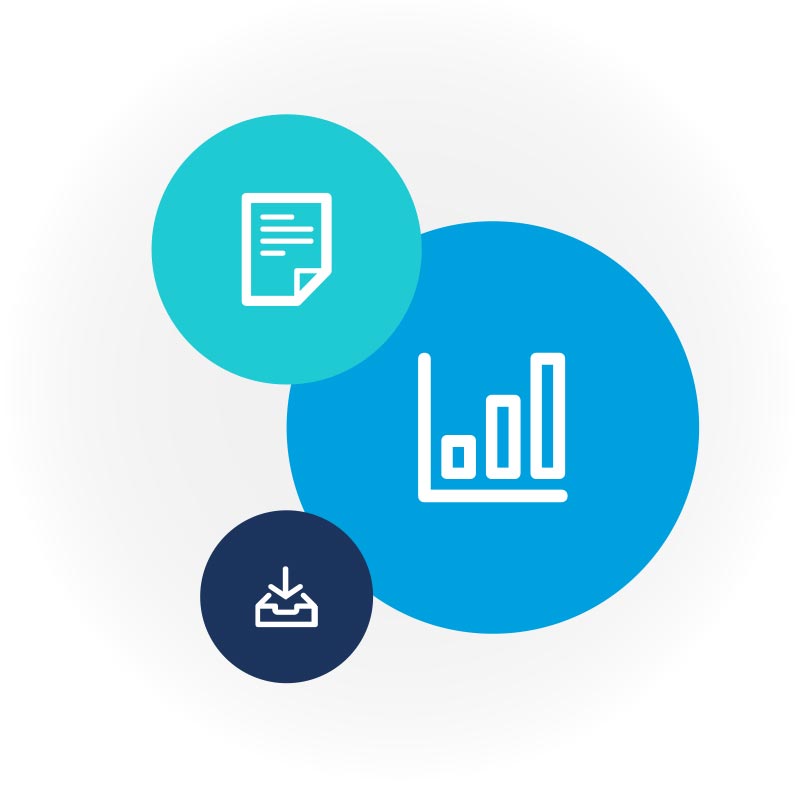Fall Update from the President & CEO, CPHR Canada
As we enter the second wave of the pandemic, many are wondering if it might be more a tsunami than a wave. CPHRs from coast to coast have been on the front lines of a continuing and daunting challenge to help employers and employees deal with the many challenges they faced daily since March. In the words of one of our colleagues, our members have been drinking from a firehose.
We know this and we are with you.
At its September meeting, the CPHR Canada Board was very pleased to welcome Judith Andrew, Employment Insurance (EI) Commissioner for Employers who provided directors with a “hot off the press” briefing of the new support benefits for Canadians being rolled out by the federal government.
Bill C-2, passed unanimously by the House of Commons, creates three new temporary recovery benefits to support Canadians who have been left unemployed as a result of the pandemic, including a Canada Recovery Benefit (CRB) for self-employed workers and workers not eligible for EI, a Canada Recovery Sickness Benefit (CRSB) for workers who are unable to work because they are sick or must-self-isolate for reasons related to COVID-19 and a Canada Recovery Caregiving Benefit (CRCB) for eligible Canadians unable to work because of family caregiving commitments.
These measures were contained in the Speech from the Throne read by the Governor General on September 23. Key highlights also included commitments to establish national long-term care, childcare and universal pharmacare. The government has also committed to modernize the EI program. This is something your national association will be watching closely and bringing HR professionals’ know-how to design a program for the 21st century.
Until then, the government has introduced a number of simplified measures for EI to be in place for one year. These measures include reducing the eligibility requirements to 120 insurable hours across Canada and setting the minimum regular benefit rate of $500 per week for at least 26 weeks.
Recipients of the Canada Emergency Response Benefit (CERB) will be transitioned to EI once the coronavirus aid program has expired later this month October.
For information on the federal government programs, this is your go-to link: https://www.canada.ca/en/department-finance/economic-response-plan.htm
I know these have been challenging times for members and their organizations but there is a bright future ahead for our profession. Now more than ever employers of all sizes are relying on our knowledge and our expertise to lead the recovery. We are taking our place at the virtual decision-making table. For CPHR Canada, we will continue working on the issues that matter to governments — issues that will help build a diverse, inclusive, resilient workforce.
And on the topic of diversity and inclusion, I wanted to share with you a new report that shows the inclusion of women, especially diverse women populations, must be central to Canada’s recovery and growth strategy that I found interesting and relevant. Check it out here Economic Equality in a Changing World: Removing Barriers to Women’s Employment. Its authors are Ryerson’s Diversity Institute and the Public Policy Forum.
As always, I welcome your views. Please contact me at info@cphr.ca
Anthony Ariganello, CPHR,FCPA,FCGA, ICD.D
President & Chief Executive Officer
CPHR Canada
